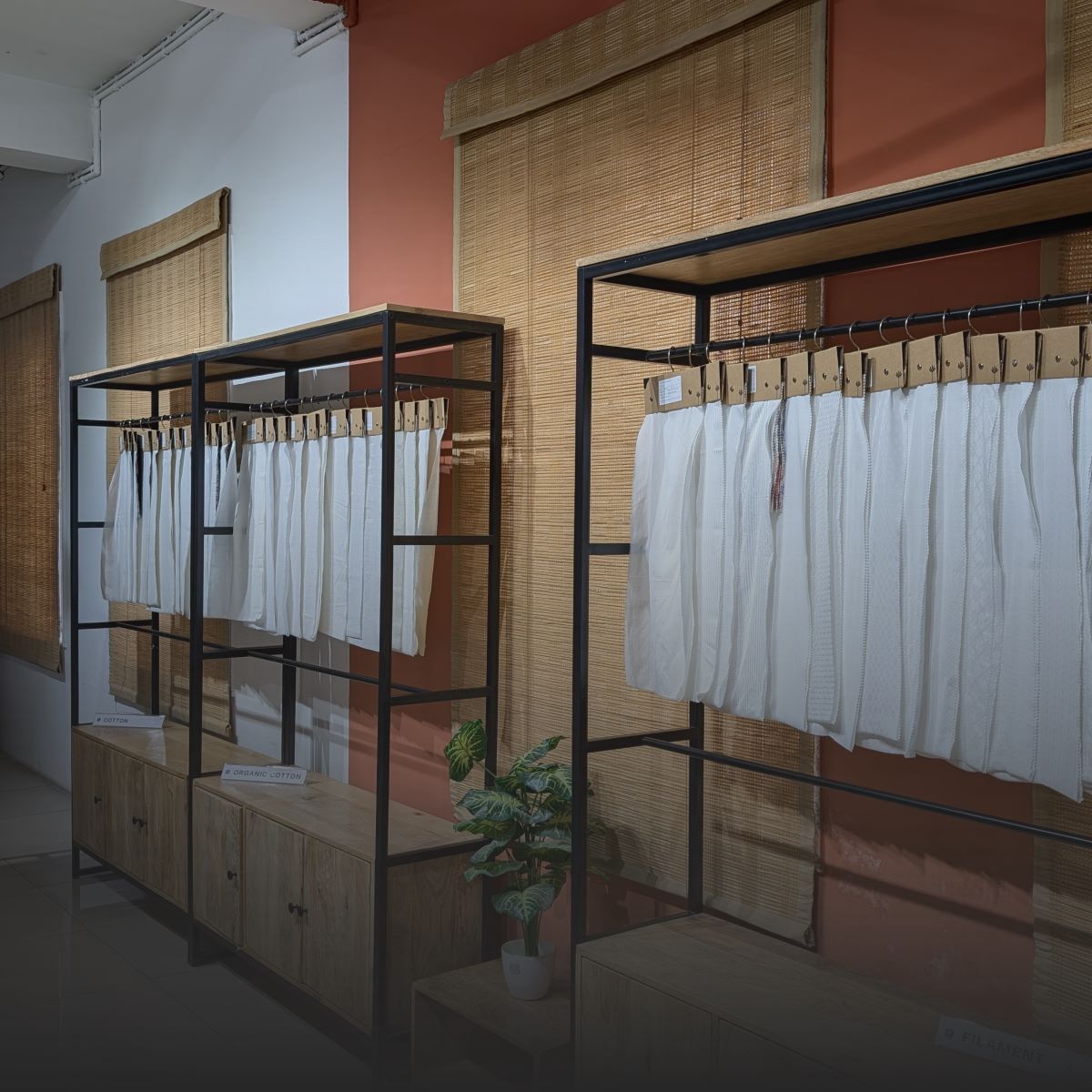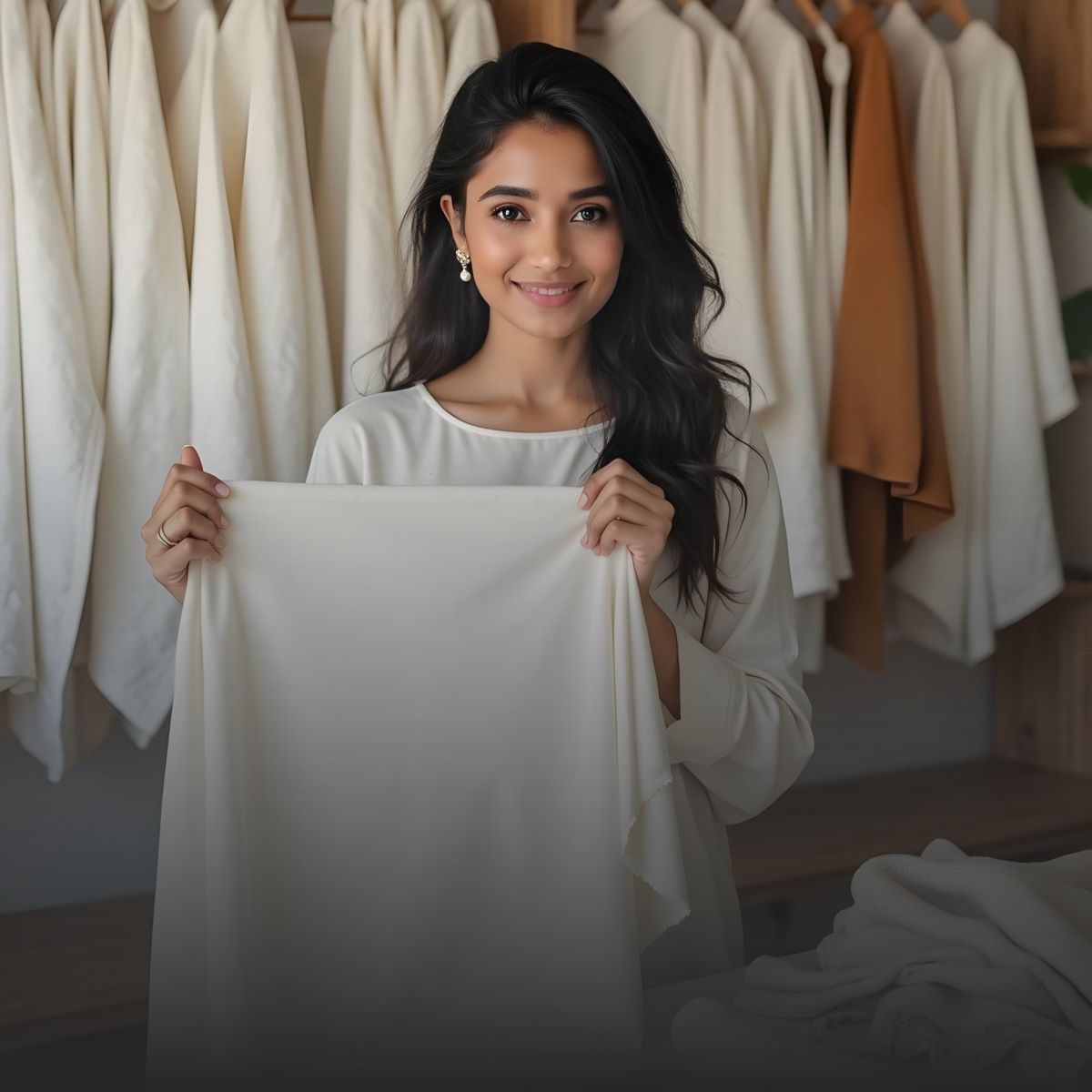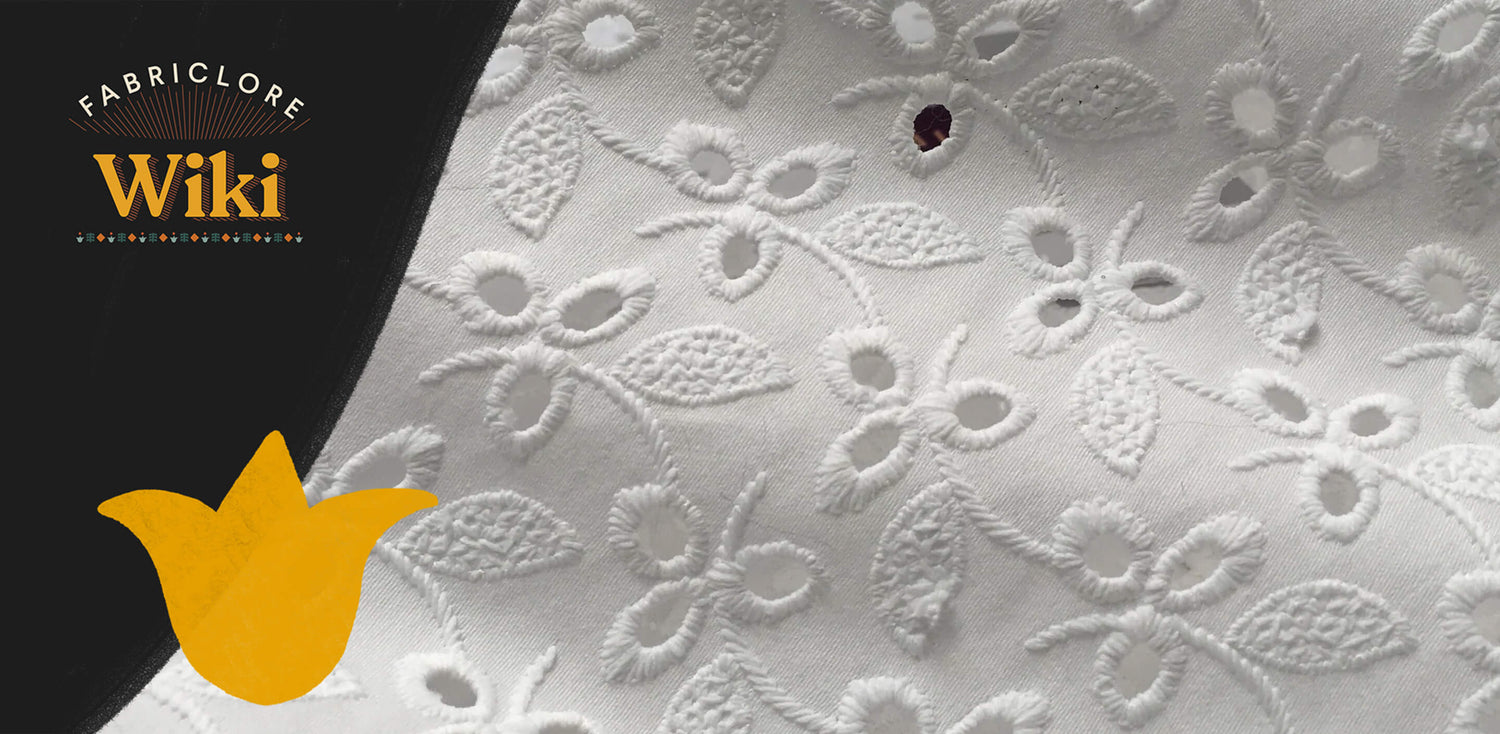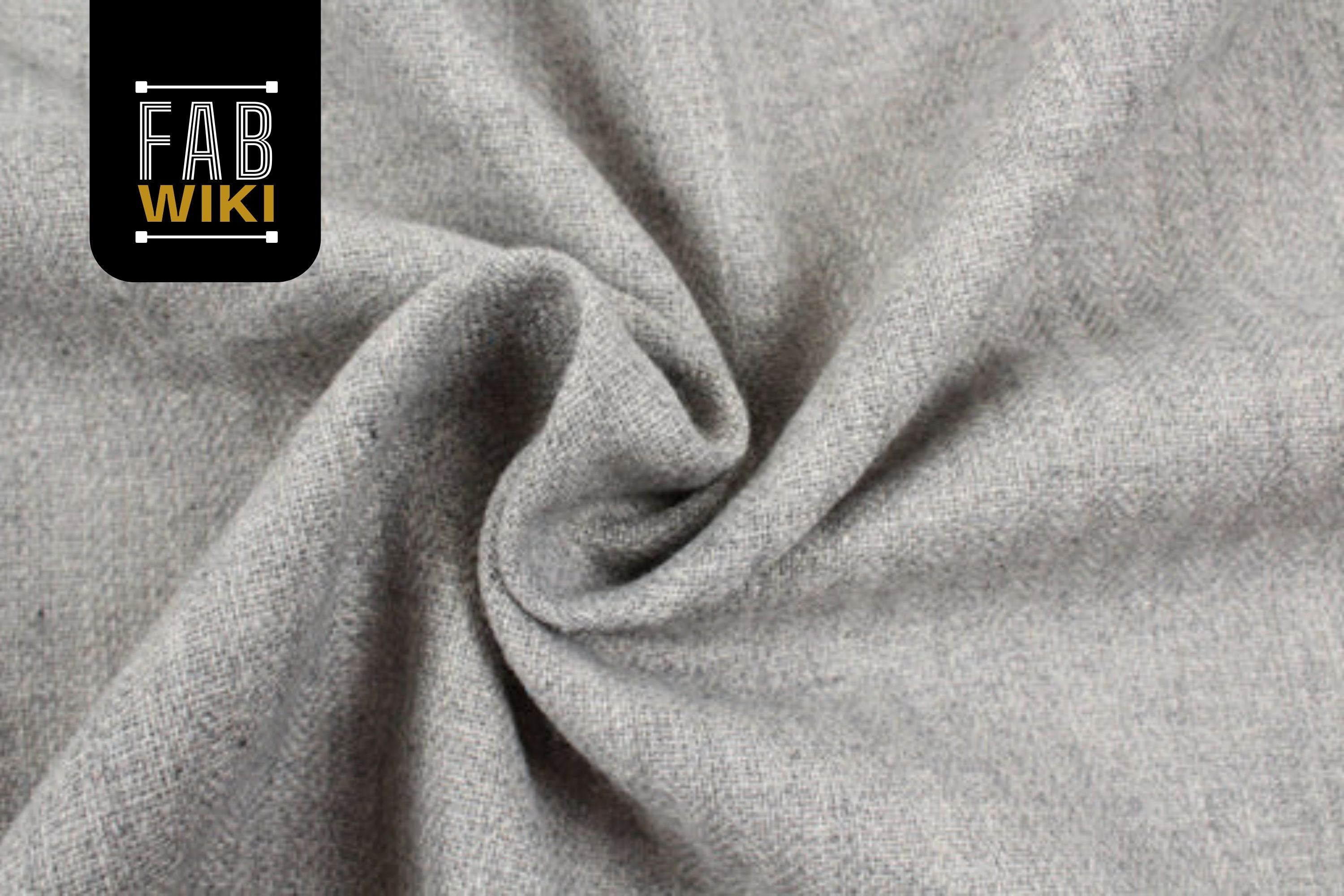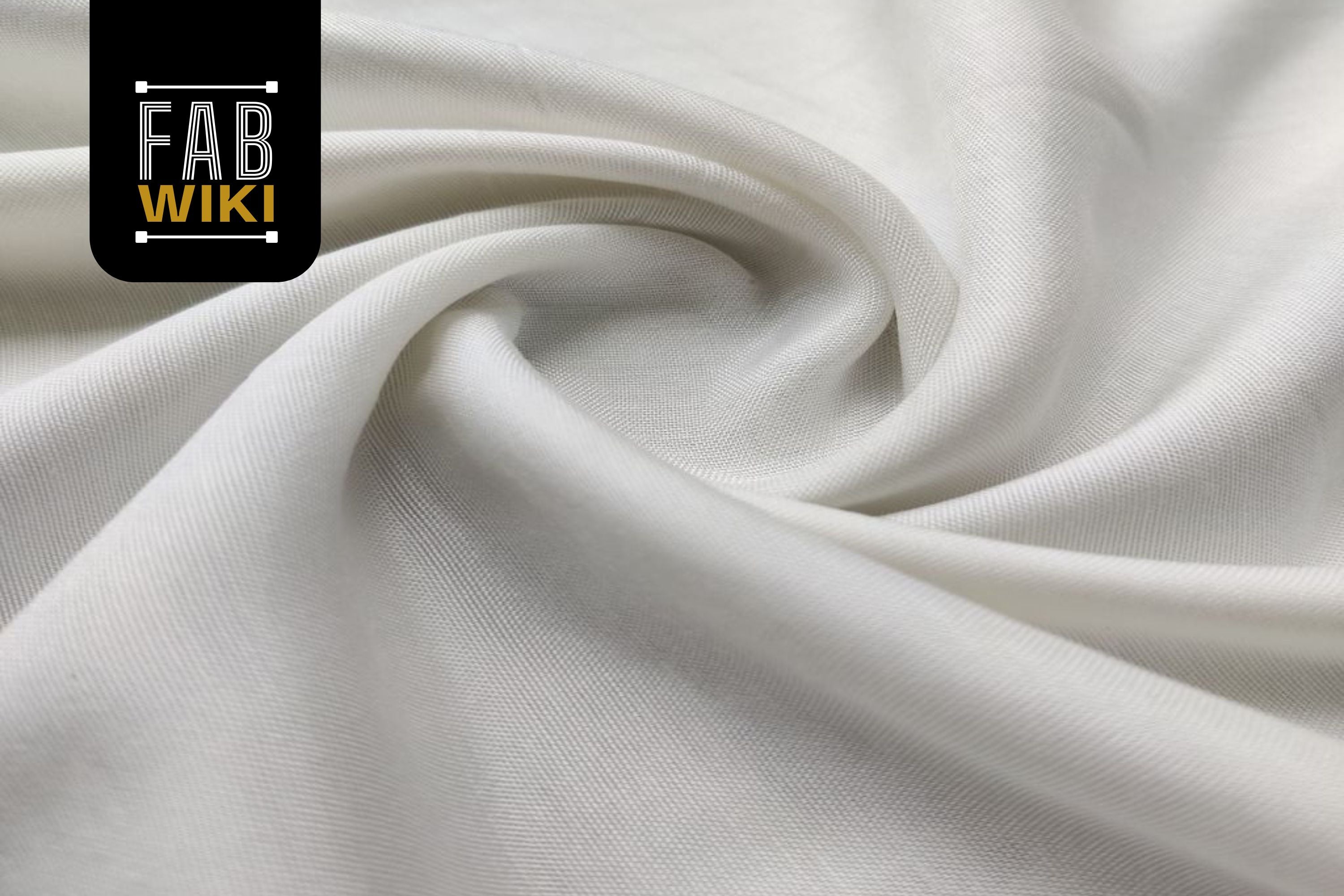Eyelet fabric has become a timeless favourite in global fashion—beloved for its delicate cutwork, embroidered motifs, breathable structure, and premium handcrafted appeal. Whether used in women's dresses, summer tops, kidswear, resortwear, couture detailing, or home linens, eyelet brings together tradition and contemporary design beautifully.
For sourcing professionals, designers, private-label brands and boutiques, understanding eyelet fabric—its construction, fiber options, embroidery techniques, GSM, sourcing requirements and bulk production workflow—is essential for making the proper selection.
This comprehensive guide covers everything you need to know about eyelet fabric.
What Is Eyelet Fabric?

Eyelet fabric (often called broderie anglaise fabric) is an embroidered textile known for its distinctive punched-out holes (eyelets) that are finished with embroidery stitching around each opening.
These eyelets form decorative, floral, geometric or ornamental patterns across the fabric surface.
Historically originating from 16th-century England and France, eyelet was traditionally made with cotton and linen. Today, it is produced using:
- Cotton Fabric
- Cotton blends
- Rayon/viscose
- Polyester Fabric
- Linen Fabric
- Stretch blends (cotton-spandex)
Eyelet fabric is ideal for warm-weather apparel due to its breathable, airy structure and lightweight feel.
Key Characteristics of Eyelet Fabric
Before diving into variations and specifications, it's essential to understand what makes eyelet fabric unique.
Eyelet combines the softness of plain woven or embroidered fabrics with artistic cutwork. Its surface texture, ventilation, and pattern detailing make it visually and functionally versatile.
Core Properties
- Embroidered cutwork patterns with holes ("eyelets").
- Soft, breathable and airy due to a perforated structure.
- Light-to-medium GSM, commonly 110–250 GSM.
- Decorative aesthetic, great for feminine silhouettes.
- High drape flexibility (depends on base fabric).
- Natural fibres like cotton give comfort and absorbency.
- Machine-embroidered eyelet ensure consistency.
- Sheer-to-semi-opaque, may need lining for dresses.
- Good dye absorption in cotton/viscose variants.
Eyelet is a perfect blend of craftsmanship and functional design—ideal for brands targeting "romantic," "classic," "summer," or "resort" aesthetics.
Why Eyelet Fabric Is Popular for Fashion & Lifestyle Brands

Eyelet fabrics offer a blend of comfort, craftsmanship, and design value, making them highly attractive for modern brands.
Here's why sourcing teams prefer it:
1. Visual Appeal & Design Differentiation
The intricate embroidery and perforated patterns give eyelet an upscale, handcrafted look—ideal for premium collections, festive wear, holiday capsules and occasionwear.
2. Breathability for Summer & Resort Collections
Its cut-out structure provides airflow, making it perfect for warm climates, beachwear, loungewear and everyday comfortwear.
3. Versatility Across Categories
Eyelet works across apparel and home categories:
- Women's dresses
- Kidswear
- Tops, blouses, tunics
- Bridal & bridesmaid accents
- Curtains, cushions
- Table linens
4. Strong Market Demand
Eyelet fabric is one of the most popular types of fabric for women and kids because it looks good for a long time.
5. Works with Multiple Base Fabrics
Designers can choose cotton for natural comfort or polyester blends for durability and wrinkle resistance.
Comparison Table: Eyelet Fabric vs. Similar Fabrics
|
Fabric Type |
Key Traits |
Best Use Cases |
|
Eyelet Fabric |
Cutwork + embroidery, breathable, decorative |
Dresses, blouses, kidswear, summer sets |
|
Lace Fabric |
Net-based, delicate, ornamental |
Bridalwear, luxury eveningwear |
|
Schiffli Embroidery |
Dense thread embroidery without holes |
Kurtis, tunics, saree borders |
|
Broderie Anglaise |
Traditional English eyelet; classic patterns |
Vintage fashion, luxury tops |
|
Cotton Voile |
Lightweight, sheer, plain |
Linings, summer tops |
This makes the eyelet the ideal choice for balancing craft detail with durability and breathability.
Types of Eyelet Fabric
Eyelet fabric is available in many variants depending on base cloth, embroidery density, motif style and construction.
|
Type |
Base Composition |
Features |
Common Uses |
|
Cotton Eyelet |
100% cotton |
Soft, breathable, natural feel |
Dresses, tops, kidswear |
|
Linen Eyelet |
Linen or linen blend |
Crisp, premium, textured |
Summer resortwear |
|
Polyester Eyelet |
Poly base + embroidery |
Durable, wrinkle-resistant |
Budget-friendly fashion |
|
Schiffli Eyelet |
Cotton/viscose + Schiffli work |
Precision embroidery with cutwork |
High-end apparel |
|
Stretch Eyelet |
Cotton + spandex |
Comfort + stretch |
Bodycon, fitted dresses |
|
Allover Eyelet Lace |
Cotton/poly with dense motifs |
Fancy and ornamental |
Bridal accents |
GSM / Weight Guidance for Eyelet Fabric
GSM influences drape, opacity, sewing behaviour and suitability for garment categories.
|
GSM Range |
Description |
Ideal Use |
|
110–150 GSM |
Lightweight, airy, sheer |
Blouses, kidswear, lining overlays |
|
150–200 GSM |
Standard eyelet weight |
Dresses, saree blouses, tops |
|
200–250 GSM |
Structured & stable |
Skirts, jackets, home linens |
Pro tip: Heavy eyelet may require special needles during stitching due to the embroidery thickness.
How Eyelet Fabric Is Made – Technical Process

Eyelet fabric involves a multi-step process combining base weaving or knitting with embroidery and cutwork.
1. Base Fabric Preparation
- Cotton, viscose, linen or polyester base cloth is woven (plain weave typically).
- The fabric is desized, bleached, or made RFD (Ready For Dyeing).
2. Embroidery Design Digitisation
- Patterns are sewn on Schiffli machines or multi-needle needlework machines.
- You can make eyelet holes before or after you stitch.
3. Embroidery Machine Process
- Schiffli machines or multi-needle embroidery machines stitch motifs.
- Eyelet holes are created during or after embroidery.
4. Cutting the Eyelets
- Holes are precisely punched using automated or laser tools.
- The embroidery stitches secure the edges.
5. Finishing
- Softening
- Bio-wash
- Shrink control
- Dyeing or printing
6. Quality Check
- Check hole finishing
- Thread density
- Color consistency
- GSM accuracy
- Embroidery durability
Applications of Eyelet Fabric Across Categories
Eyelets are highly versatile for fashion and home textiles.
|
Category |
Recommended Variant |
Why It Works |
|
Women’s Dresses |
Cotton/viscose eyelet |
Soft drape + breathable |
|
Resortwear |
Linen-blend |
Elegant, airy & natural |
|
Kidswear |
Soft cotton eyelet |
Gentle, lightweight |
|
Blouses & Tunics |
Medium-weight eyelet |
Elegant surface patterns |
|
Skirts |
Structured eyelet |
Shape retention |
|
Bridal / Occasionwear |
Schiffli / lace eyelet |
Ornamental craftsmanship |
|
Curtains & Decor |
Polyester/linen |
Semi-sheer, decorative |
Eyelet fabric's aesthetic makes it a strong choice for brands wanting a premium handcrafted look.
Dyeing, Printing & Customisation Options
Eyelet fabrics can be dyed and printed depending on the base fibre.
Dyeing Options
- Reactive dyeing (cotton, viscose)
- Vat dyeing
- Pigment dyeing
- Disperse dyeing (polyester eyelet)
Printing Options
Eyelet can be printed, but coverage depends on motif density:
- Digital printing
- Rotary printing
- Block printing (rare)
Customization Options
- Motif customization
- Pattern repeat adjustments
- Width & GSM adjustments
- Embroidery thread colour changes
- Pantone colour matching
Sourcing Eyelet Fabric in Bulk — Step-by-Step Guide

A structured sourcing process ensures consistency, quality and timely production.
1. Define Your Fabric Brief
Include:
- Fiber
- GSM
- Embroidery density
- Motif size
- Color requirements
- Width
- End use
2. Request fabric swatches
Check:
- Touch & feel
- Hold-to-light transparency
- Embroidery strength
- Thread quality
3. Evaluate lab tests
- Shrinkage
- Colorfastness
- Pilling
- Tear strength
4. Approve proto samples
Confirm embroidery motifs and hole sizes.
5. Confirm MOQ and Production Timelines
Typical MOQ:
- 25–100 meters (small batch)
- 300–500 meters (bulk)
6. Production & QC
Quality checks include:
- Eyelet uniformity
- Thread colour consistency
- Puckering control
7. Packing & Delivery
Roll packaging + export documents.
Common Eyelet Fabric Challenges & Solutions
|
Challenge |
Cause |
Solution |
|
Puckering |
Loose embroidery tension |
Adjust needle tension |
|
Fraying around eyelets |
Insufficient stitch coverage |
Increase satin stitch density |
|
Shrinkage |
Natural fiber content |
Pre-wash fabric |
|
Needle breakage |
Dense embroidery |
Use heavy-duty needles |
|
Color variation |
Mixed fibers |
Use fiber-specific dye method |
Care Instructions for Eyelet Fabric
Always read and follow the care instructions.
- Gentle hand wash or mild machine cycle
- Avoid bleach (weakens embroidery threads)
- Air dry recommended
- Iron on the reverse side
- Store folded to avoid snagging.
Final Thoughts
Eyelet fabric continues to dominate the fashion landscape—offering a fusion of delicacy, breathability, craftsmanship and design versatility. Whether you're a designer building a resort line, a sourcing professional preparing for mass production, or a private-label brand launching summer wear, eyelet provides immense creative and commercial potential.
FAQs
Q1. What Is Eyelet Fabric Used For?
Eyelet fabric is commonly used for women's dresses, tops, kidswear, summer skirts, resortwear, and home décor items. Its breathable structure and decorative embroidery make it ideal for warm climates, casual elegance and premium handcrafted aesthetics—perfect for brands seeking feminine and romantic silhouettes.
Q2. Is Eyelet Fabric Good For Summer?
Yes. Eyelet fabric is one of the best materials for summer because its cut-out holes enhance ventilation, making it cool, breathable and comfortable. Natural-fibre variants like cotton eyelets are especially suitable for hot climates, resort collections and everyday warm-weather fashion.
Q3. What Is Eyelet Fabric Made Of?
Eyelet fabric is typically made from cotton, viscose, linen, polyester or blended fibers. Cotton eyelet is the most popular due to its softness and breathability, while polyester eyelet offers durability and wrinkle resistance. The embroidery and cutwork give it its signature look.
Q4. Does Eyelet Fabric Need Lining?
Because eyelet fabric contains holes in its design, many garments—such as dresses or skirts—require lining for opacity and comfort. Lightweight blouses or overlays may not need lining depending on eyelet density and styling preferences.
Q5. Is Eyelet The Same As Lace?
Eyelet and lace are different. Eyelet uses embroidered cutwork patterns on a woven base, whereas lace is net-based with fully openwork structures. Eyelet is more breathable and sturdy, while lace is more delicate and ornamental.
We also happen to be a magnet for suggestions, and would love to catch yours….throw us yours on hello@fabriclore.com
